1. The Library Bookmobile
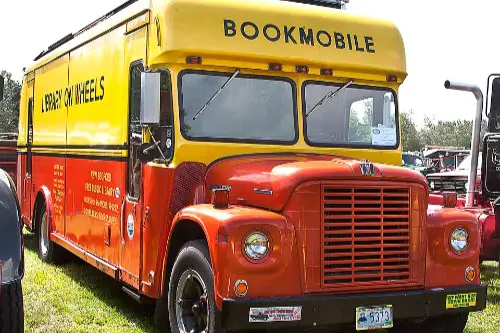
For many suburban kids, the bookmobile was a magical bus that brought stories right to their street. You’d climb the steps, smell the books, and feel like you were entering a secret treasure chest. For families far from a central library, it was a lifeline. It made reading an adventure, not a chore.
Gen Z has instant access to e-books and audiobooks from their phones. While that’s incredibly convenient, it doesn’t carry the same tactile excitement. The bookmobile was as much about the experience as the reading. Boomers remember the joy of picking out a stack and carrying it home like treasure.
2. The Sears Catalog Arriving in the Mail
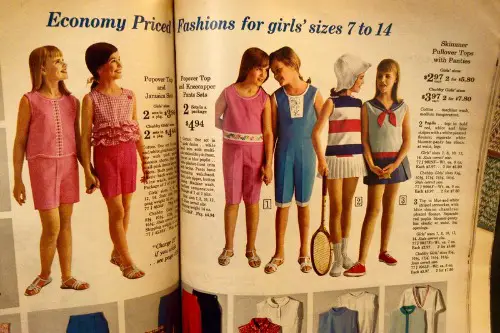
When that thick Sears catalog landed in the mailbox, it was an event. Kids would circle toys in the Christmas edition, while parents browsed for furniture or appliances. It was like an entire shopping mall delivered to your kitchen table. For suburban families, the catalog was a symbol of possibility.
Gen Z never had to flip through hundreds of glossy pages because online shopping replaced the ritual. Amazon Prime can get you something in a day, but it doesn’t create the same anticipation. There was magic in waiting and dreaming about what you might get. Boomers miss the ritual as much as the products.
3. Corner Drugstores with Soda Fountains
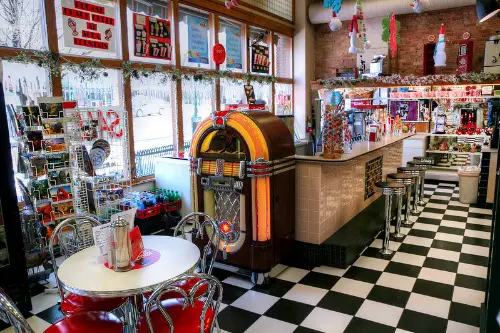
For many boomers, the neighborhood drugstore wasn’t just for prescriptions—it was the social hub. You could grab a cherry Coke, sit at the counter, and chat with the pharmacist who knew your name. It was small-town warmth tucked right inside suburbia. The soda fountain was the suburban teenager’s Starbucks before Starbucks existed.
Today’s suburban drugstores are huge chains designed for speed and convenience. The personal touch is gone, and soda fountains have long disappeared. Gen Z might grab an iced coffee at a drive-thru, but they’ll never understand that soda-fountain hangout vibe. It’s a nostalgia boomers can taste but Gen Z can’t picture.
4. Door-to-Door Salesmen
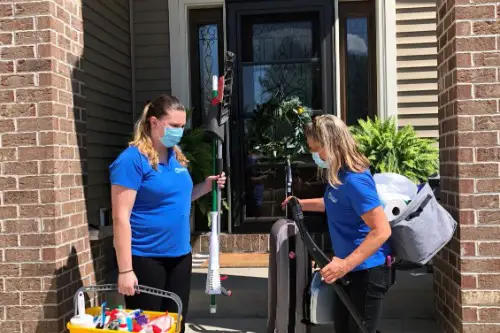
Yes, it sounds outdated, but boomers remember when the vacuum cleaner or encyclopedia salesman showed up at the door. It was part of the rhythm of suburban life. These visits were social occasions as much as sales pitches, and sometimes the whole family would gather to watch. The Avon lady, in particular, became a trusted face in many neighborhoods.
Today, unannounced door-knocking is considered intrusive, and most people avoid it. Online reviews and influencer videos have replaced in-person demonstrations. Gen Z will never experience the neighborly mix of commerce and community that door-to-door sales once brought. Boomers see it as a quirky, lost piece of suburbia.
5. Car Hops and Drive-In Diners
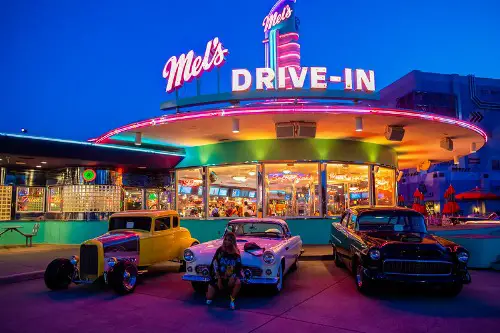
For boomers, suburban teens didn’t just go out to eat—they went to hang out. Drive-in diners with carhops were the perfect blend of food, fun, and flirtation. You’d sit in the car, music playing, and burgers and shakes would appear on a tray hooked to your window. It was an American icon rooted in suburban sprawl.
Fast-food drive-thrus exist now, but they’re purely functional. You grab your meal and leave—there’s no lingering. Gen Z won’t know what it’s like to treat the drive-in as the Saturday night destination. To boomers, it was as much about the people as the food.
6. Rotary Phones on the Kitchen Wall

Suburban homes often had a single family phone, usually in the kitchen, and everyone shared it. The cord was long enough to stretch into another room for a “private” conversation, though your mom could still eavesdrop. That phone was the heartbeat of the house, where news, gossip, and emergency calls all landed. It connected the household to the outside world.
Now, everyone has a smartphone in their pocket. Gen Z can’t imagine negotiating with siblings for phone time or overhearing Dad’s work calls. The communal phone forced a kind of togetherness, and yes, a lot of arguments too. Boomers smile at the memory, even if it was inconvenient.
7. Lawn Games Until Dark

Suburban yards were playgrounds for boomers, with games like kick the can, wiffle ball, and Red Rover stretching until the streetlights came on. The neighborhood kids formed teams, and you always knew which house was hosting the fun. There were no sign-ups, no adult referees, just imagination and energy. It was the definition of low-cost entertainment.
Gen Z has organized sports, video games, and digital hangouts instead. Suburban streets aren’t as free for play, and parents often prefer structured activities. That means kids rarely get the same spontaneous community playtime. Boomers miss the simplicity of knocking on a door and starting a game.
8. The Smell of Freshly Mowed Lawns
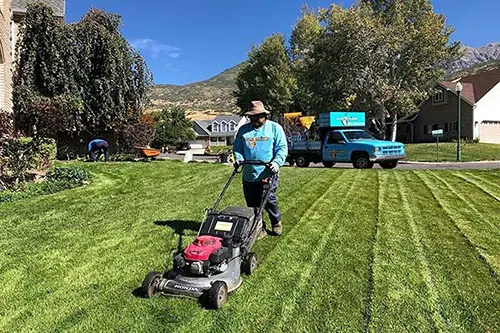
Suburbia in the boomer era was practically defined by lawn culture. Saturdays meant dads out with push mowers, creating neat green carpets. The scent of fresh grass wafted through the neighborhood, a kind of suburban soundtrack. It symbolized pride, routine, and stability.
Today’s suburbs are different. Some families hire landscapers, and others swap lawns for low-maintenance alternatives. The smell of cut grass isn’t as tied to identity for Gen Z as it was for their grandparents. Boomers get nostalgic about how even the smell told you it was summer.
9. Block Parties
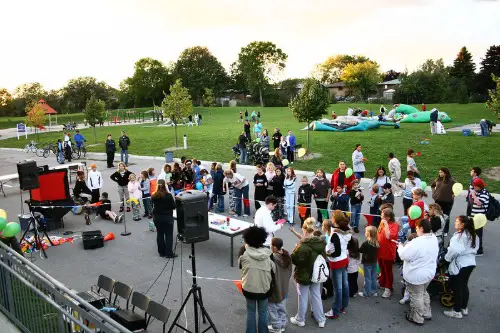
Boomer suburbia thrived on neighborhood block parties where entire streets shut down for food, games, and music. Everyone knew each other, and kids ran freely while adults swapped stories. It was community spirit in its purest form. A grill, some folding chairs, and you had a party.
Now, neighbors are often more private, and socializing happens online. Few suburbs organize true street-wide gatherings anymore. Gen Z might attend school or community events, but the spontaneous block party has mostly faded. Boomers miss the ease of knowing your neighbors beyond a wave.
10. Endless Summer Bike Rides
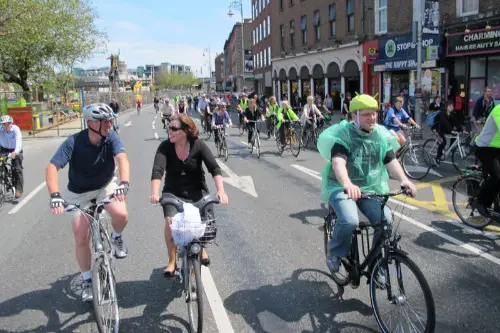
For boomers, suburbia meant hours of freedom on a bike with no helmet, no GPS tracker, and certainly no parent trailing behind. The cul-de-sacs and quiet streets were like racetracks for kids who just wanted to explore. You’d pedal to a friend’s house, drop your bike on the lawn, and know you were welcome. That kind of carefree exploration isn’t as common today.
Gen Z has grown up in a world where safety concerns and technology keep things a lot more structured. Parents track locations with phones, and many suburban areas are busier with cars now than they were in the 60s and 70s. That shift means fewer kids are biking miles from home without supervision. Boomers miss the independence that came with those rides.
11. TV Test Patterns at Night
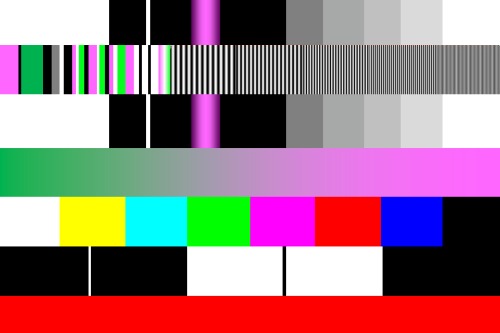
Back in boomer suburbia, TV stations didn’t broadcast 24/7. At midnight, the programming ended, the national anthem played, and the test pattern filled the screen. Families went to bed knowing the TV was truly “off” for the night. It was a built-in curfew for the whole culture.
Gen Z has never seen a test pattern, thanks to endless streaming and 24-hour cable. Content is infinite, and screens never sleep. While convenience is great, boomers miss the shared sense of timing that came from TV actually ending. The silence after the test pattern was oddly comforting.
12. The Ice Cream Truck’s Summer Jingle
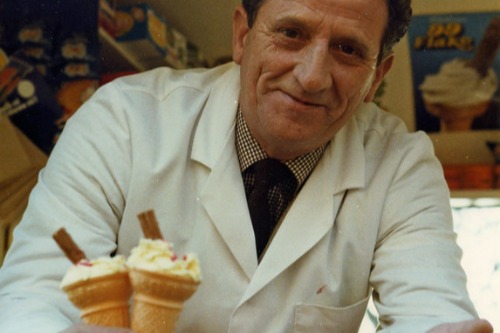
That tinny music rolling through the streets was the highlight of a boomer kid’s summer. You’d scramble for change, chase the truck barefoot, and stand in line debating between a Bomb Pop or a Drumstick. The sound alone could spark a stampede of kids. It was one of suburbia’s sweetest traditions.
Ice cream trucks still exist, but they’re far less common in modern suburbs. Many families prefer grocery store multipacks or chain ice cream shops instead. Gen Z may have Uber Eats for treats, but it doesn’t come with the magic of chasing a truck. Boomers associate the jingle with pure childhood joy.
13. Paperboys Tossing the Daily News
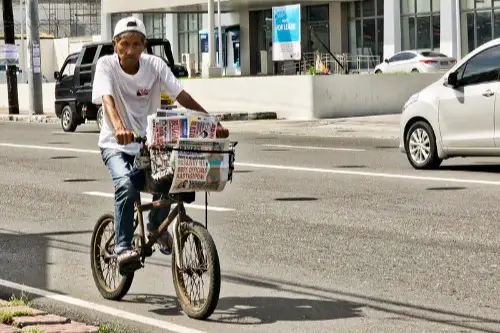
Suburban mornings often began with the sound of a newspaper hitting the driveway. Kids on bikes delivered the local news, often before school. It was one of the first real jobs many boomers ever had. That rolled-up paper was part of every suburban doorstep.
Today, most people get their news online, and home delivery has dwindled. Gen Z may never hold a physical newspaper, let alone toss one from a moving bike. That ritual connected kids to their communities in a very practical way. Boomers see it as a lost rite of passage.
14. Malls as Social Destinations
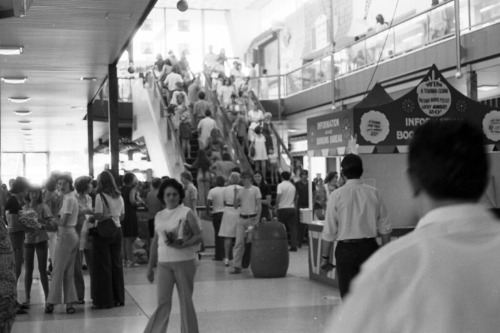
When boomers got older, the suburban mall became the ultimate hangout spot. It wasn’t just shopping—it was meeting friends, flirting, and people-watching. You could spend hours walking from store to store, grabbing a pretzel, and feeling part of the suburban scene. The mall was the heartbeat of teen independence.
Gen Z is seeing malls close across America as online shopping dominates. For them, the mall is more of a nostalgic relic than a weekend plan. Socializing happens online, not by hanging around an Orange Julius stand. Boomers remember when the mall wasn’t just retail—it was culture.
This post 14 Things Boomers Miss About Suburbia That Gen Z Will Never Understand was first published on Greenhouse Black.
